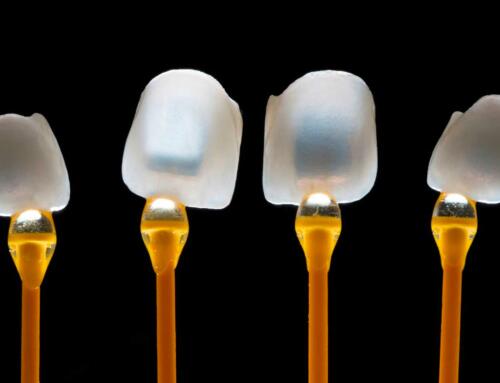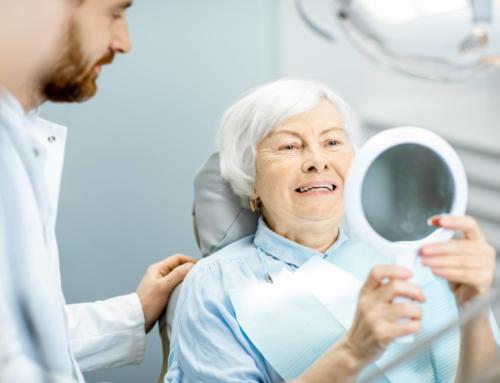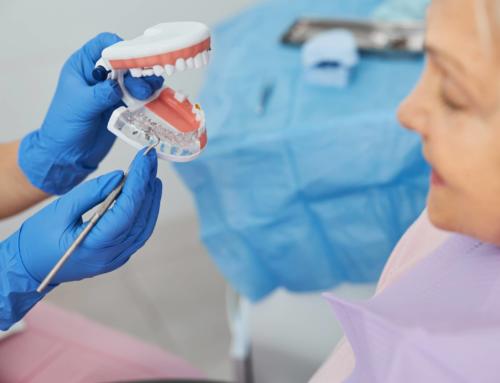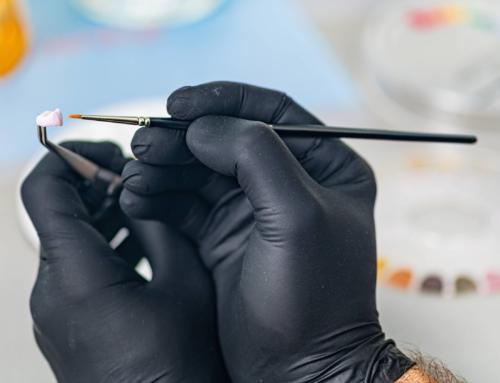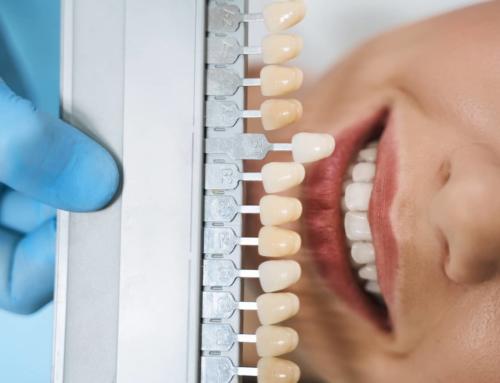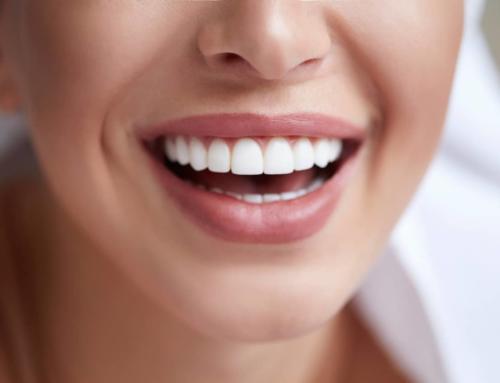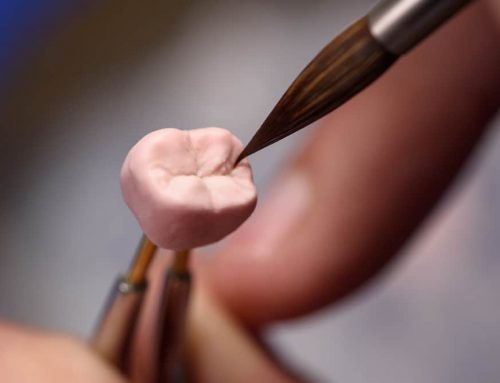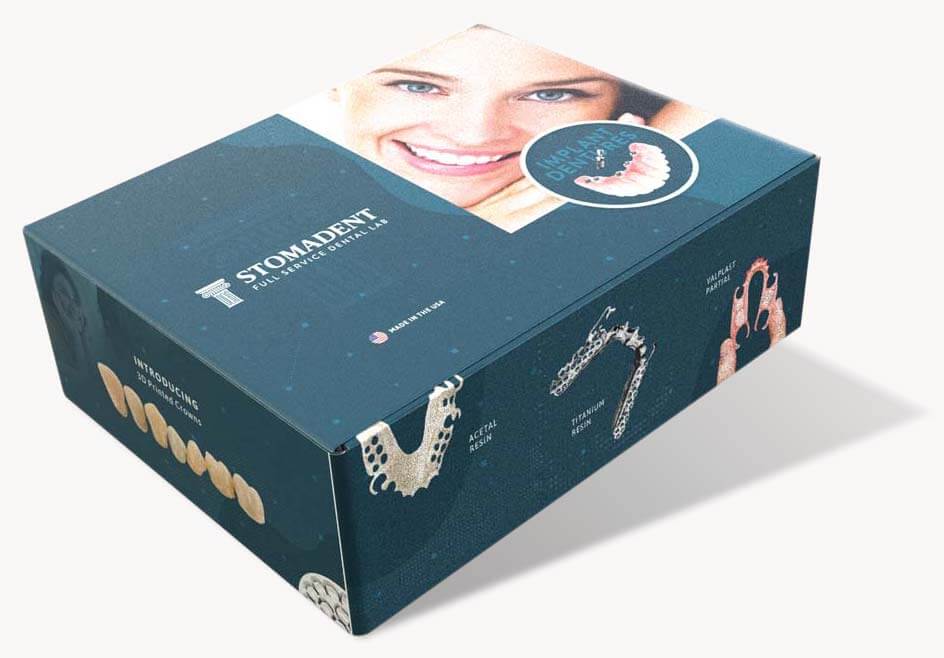
By David Hudnall, DMD
Convenience, aesthetics, and effectiveness are key factors to consider when it comes to choosing provisional restorative dental materials. The best temporary crown material will allow you to create an aesthetically-pleasing, functional interim restoration that protects the tooth from both chemical and thermal trauma while allowing the patient to smile without a gap. Ideally, you want a temporary crown to feel comfortable to the patient while staying in place until the permanent crown can be manufactured and delivered. Most temporary crowns are made from relatively weak materials, such as poly-ethyl methacrylate or bis-acrylics, and should be treated with care. When choosing a cost-effective material for the best temporary crown, be sure to consider one with a shade system that works well for the majority of patients in your practice.
What Temporary Crown Material to Use for Patients?
Temporary crowns fall into one of three categories based on how they are made: direct, indirect, and pre-formed. The best temporary crown material depends on the specific application and its intended use. Let’s discuss some of the choices available to the dentist when it comes to temporary crowns.
Direct Fabricated Crowns
Designed to last 2 to 3 weeks, direct provisional materials are used to fabricate the restoration directly on the crown preparation in the patient’s mouth at chairside. Direct application materials can be further subdivided into two broad categories: tried and true acrylics and newer, self-curing composite resins.
Acrylics such as polymethyl methacrylate or polyethyl methacrylate have a long history in dentistry, and most dentists are very familiar with their use. They are generally considered to be the standard go-to provisional materials for in-office use. Advantages to acrylic temporary crowns include the ability to customize, polish, and smooth the crown right in the dental office. It is also possible to characterize the acrylic for a more life-like coloration and appearance. Acrylics offer reasonable strength and are easily repaired. Disadvantages include color changes that occur rapidly over a period of weeks, bad odor produced during fabrication, heat released as the acrylic hardens, and shrinkage during curing, which causes the marginal integrity to be compromised. In addition, some patients have become sensitized to the monomer and will experience allergic stomatitis.
Bis-composite resins lack the bad taste and smell associated with acrylics. Because they do not generate heat during curing, they are less likely to have an adverse effect on the pulp or the surrounding gingiva. Since there is minimal shrinkage with polymerization, it is easier to obtain good marginal adaptation. Resins possesses translucency, opalescence, and fluorescence that allows for a more natural look. They are color stable and are available in a variety of shades, including bleaching shades. One downside is the higher material cost when compared with acrylics.
Indirect Laboratory-Processed Interim Crowns
For cases where long-term temporization is necessary, you want a provisional crown that provides consistent, high-quality aesthetics and is more resistant to wear. Indirect provisional materials are used in the dental laboratory to fabricate a temporary restoration from an impression or model. In the lab, it is much easier to perfect the margins, occlusion, and interproximal contacts for better fit, appearance, and cleanability. With the advent of CAD/CAM technology, it is now possible for the laboratory to manufacture a transitional crown from Temporary CB Resin that is especially designed for 3D printing applications. The indirect fabrication method requires advance planning in order to allow time for the crown to be made remotely. Having the lab make the temporary also adds an additional cost to the overall fee for the final restoration. In certain circumstances, the stability and durability of a laboratory-manufactured temporary crown may give you peace of mind that more than outweighs its cost.
Pre-formed Polycarbonate Crowns
Pre-formed provisional crowns from a stock supply kit are adapted and relined at chairside for a quick and effective temporary crown. The pros of making a temporary crown this way are stock crowns come pre-formed with anatomy and are ready to shape and customize to the tooth preparation. Some of the cons of using polycarbonate crowns include maintaining an inventory of crowns for each tooth in a variety of shades. Pre-formed temporaries can also be more complex to trim, fit, and adjust for proper marginal adaptation and occlusion when compared to making a temporary crown from scratch.
Options, Options: What to Do?
Not all options work equally well in all situations. This is especially true when it comes to providing the best temporary crown material for your unique patient. When your patient requires superior aesthetics for an extended transitional period, the most practical solution may be to trust the experts at Stomadent Dental Laboratory do the work for you. Stomadent can create a beautiful temporary restoration that allows your patient to go about their normal activities with confidence without missing a beat!

